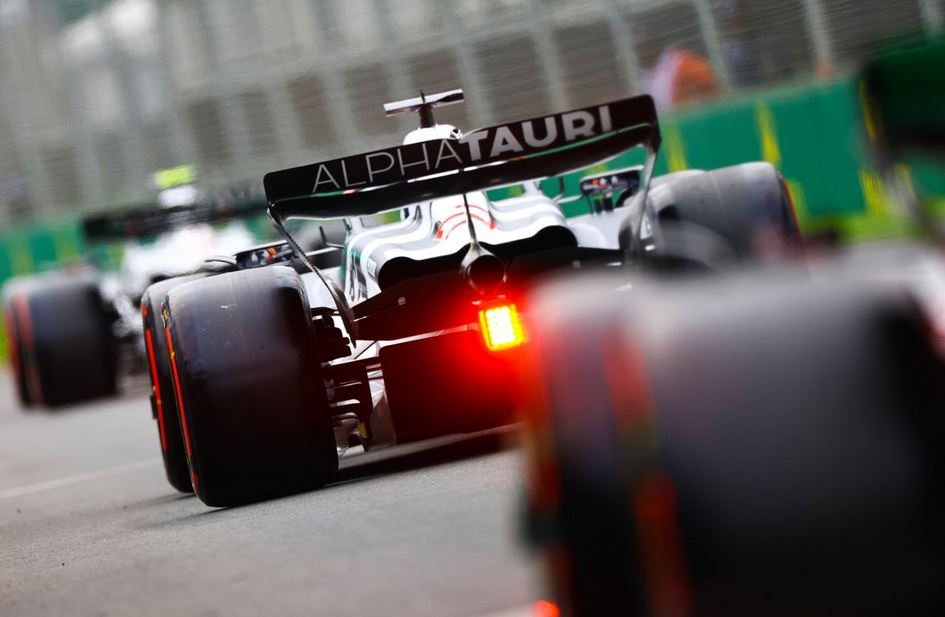Jody Egginton, AlphaTauri Formula 1 technical director, has laid out the upgrade plan. He says the up-gradation in Australia is the first of “five or six” planned stages to develop the AT04’s floor.
Earlier, Yuki Tsunoda used the revised floor and diffuser upgrade in the FP1, where it damaged the new parts. He had to reverts to original version, while Nyck de Vries used the new package from FP2 onwards in Australia.
Tsunoda’s damage proved to be a blessing in disguise, which provided the Italian team the required data. The team was able to draw comparison between the two specs over the weekend. The data analysis concluded that the new floor provided intended results.
“It works on a large part of the things that we’d identified as possible weaknesses,” said Egginton.
“When we were developing the car over the winter, we set ourselves targets for development and other aspects. We achieved some of those targets and didn’t achieve others.
Read More: Hulkenberg’s F1 experience paying off
“This update goes some way to addressing that. We started working on this package before we’d run the car. And it actually just provides all the benefits we need in the areas we’ve proven we’ve got to work on.
“So it’s the first step, there’s a lot more to come. But it is delivering in the areas where we think we’ve got to make the biggest gains to get closer to our rivals, so reasonably happy with that.”
Egginton on intended results
Egginton spoke about the intended results of first upgrade. He reveals that the first step was to make the car more stable around the corners.
“Obviously low speed aero performance is a target in every team,” he noted. “And that’s one of the targets we didn’t quite nail pre-season. The updates we’re bringing now, amongst some other things they’re intended to improve low-speed entry stability.
“We’re looking to make the car more stable on low-speed entry into corners. So then the drivers can push harder at late entry. And there’s performance to come from that.”
Currently, team is focused on enhancing down-force and stability of the car.
“We were in no doubt what we wanted to do,” said Egginton. “We were looking to improve rear load at high rear ride heights in very basic sense. And it’s the load drop-off of these ride heights at the moment which causes our instability.
“If we’ve improved the rear load on the entry phase, if you’ve got more rear load, you’ve got more stability. And we’re working on trying to carry that further into the corner, so that the driver can push harder towards late entry apex.”
















